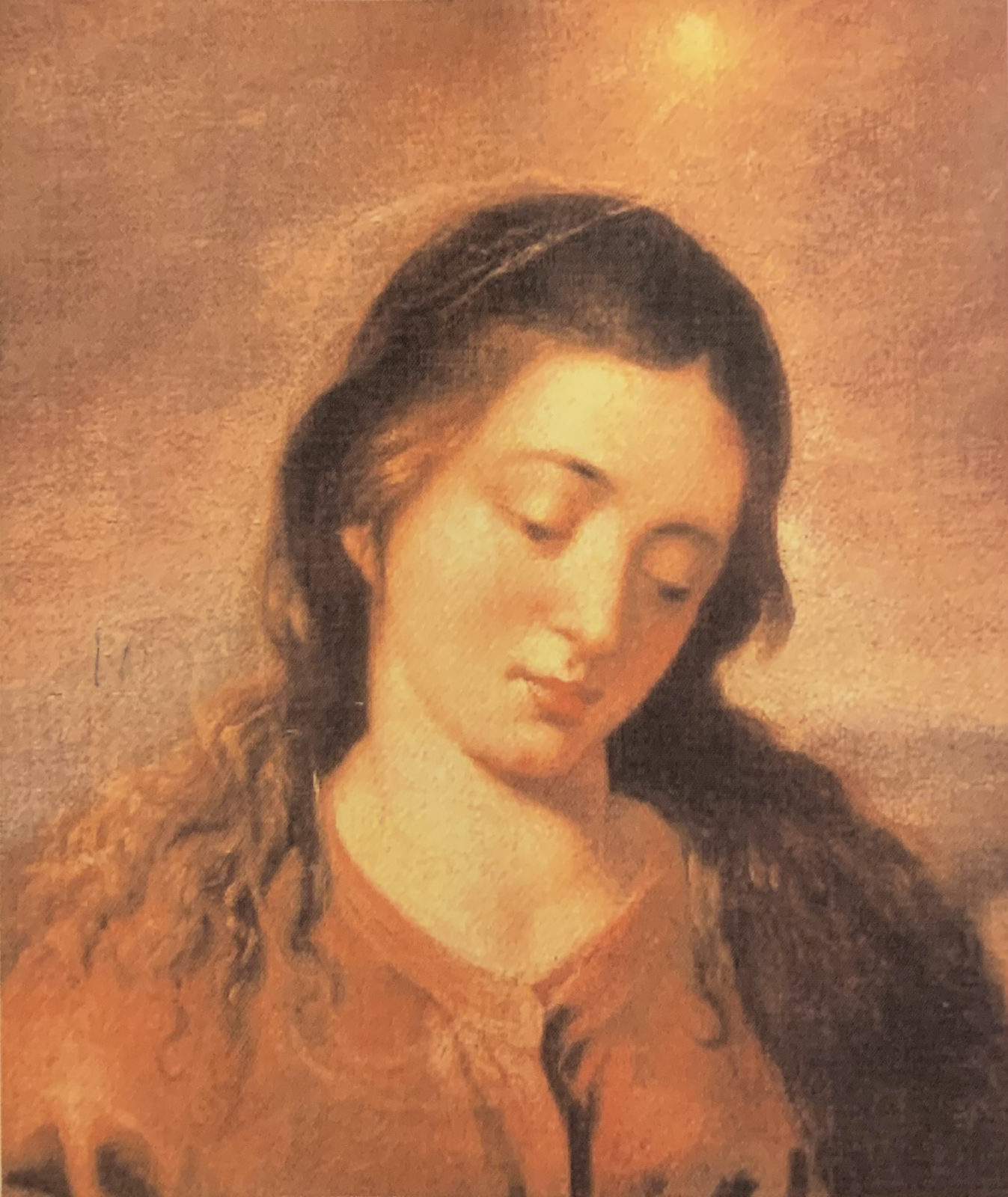The following is the entire first chapter of The Book of the Virgin of Carmel by Samael Aun Weor. This extraordinary book provides an intimate vision of the real Mary, mother of Jesus Christ, as an initiate in her own right, whose sacrifice transformed the world.
The Virgin of Carmel, Mother of the Divine Redeemer of the World
Innumerable poets have sung praises to the greatest mother of all times. How can we define her? Neither the Madonna chiseled by Michelangelo nor the Madonna painted by Leonardo Da Vinci managed to faithfully portray the image of Virgin Mary.
Innumerable sculptures have tried to personify the Virgin of Carmel, but none of them accurately translated the physiognomy of this great daughter of the light.
When with the eyes of the soul we contemplate the ineffable figure of the divine mother, we do not see anything that resembles diamonds, rubies, and emeralds. Before the eyes of the soul, the purple silks that have wanted to wrap the memory of Mary, the divine mother of Jesus of Nazareth, completely disappear.
Indeed, Virgin Mary was not that worldly beauty painted in all the watercolors.
With the eyes of the spirit, we contemplate only a virgin brunette, burned by the desert sun.
Before our stunned spiritual eyes, the slender bodies and provocative feminine faces are blurred away, and in its place appears a simple young woman, small in stature, with a slim body, a small oval face, a blunt nose, a protruding upper lip, Gypsy eyes, and a wide forehead.
This humble woman wore a brown or Carmelite tunic with leather sandals.
She walked through the African deserts heading to the land of Egypt. She seemed like a prodigious woman, with her old and worn-out robe, her brown face soaked with copious sweat.
Mary is not that bluish, purple statue with diamonds that today adorns the Cathedral of Notre Dame de Paris.
Mary is not that statue whose ermine embedded fingers of pure gold gladden the processions of the parish house.
Mary is not that unforgettable beauty we contemplate on the sumptuous altars of our village churches, whose metal bells cheer the markets of our parish temples.
Before our spiritual senses, we see only a virgin brunette, burnt by the sun of the African desert.
Before the sight of the spirit, all fantasies completely disappear, and in its place appears a humble, prodigal woman of flesh and blood.
In childhood, Mary made vows of chastity in the temple of Jerusalem.
Mary was the daughter of Anna, who presented Mary to be received into the temple to take her vows. Thus, Mary was one of the vestals of the temple.
Mary was born from an aristocratic family. Before entering into the temple as a vestal, she had countless suitors, even a rich and handsome man who wanted to marry her. However, Mary did not accept him; her heart loved only God.
The first years of her life were surrounded by all sorts of comforts.
Traditions state that Mary made carpets for the temple of Jerusalem, and that those carpets were transformed into roses.
Mary knew the secret doctrine of the tribe of Levi. Mary was educated within the august shadows of the gates of Jerusalem, amidst the blooming foliage of oriental palms, under whose shadows rested the old camel riders of the desert.
Likewise, Mary was initiated into the mysteries of Egypt. She knew the wisdom of the Pharaohs, and drank from the goblet of ancient Christianity, calcined by the burning fire of the eastern lands.
The Catholic religion as we know it today did not loom upon the seven hills of the Augustan Rome of the Caesars; the ancient Essenians only knew the old Christian doctrine, the doctrine of the martyrs, that doctrine by which St. Stephen died a martyr.
That holy, Christic doctrine was kept in secrecy within the mysteries of Egypt, Troy, Rome, Carthage, Eleusis, etc.
The greatest task endowed upon Jesus Christ was to publicly represent that ancient doctrine on the roads of Jerusalem.
Thus, Mary, the virgin of Carmel, was the vestal chosen by divinity to be the mother of the divine redeemer of the world.
-Samael Aun Weor, The Book of the Virgin of Carmel [source]

